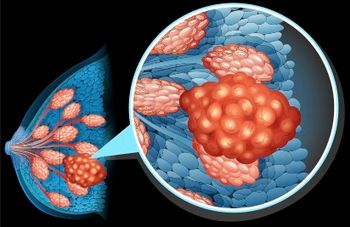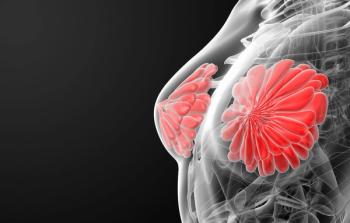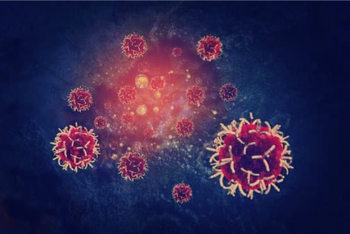
Oncology NEWS International
- Oncology NEWS International Vol 10 No 2
- Volume 10
- Issue 2
Use of CAD Increases the Early Detection of Breast Cancer by 20%
CHICAGO-Computer-aided detection (CAD) is proving to be a technologic leap in the identification of breast tumors with subtle findings on mammography that can easily be missed by the radiologist, said Timothy W. Freer, MD, director of the Women’s Diagnostic and Breast Health Center, Plano, Texas.
CHICAGOComputer-aided detection (CAD) is proving to be a technologic leap in the identification of breast tumors with subtle findings on mammography that can easily be missed by the radiologist, said Timothy W. Freer, MD, director of the Women’s Diagnostic and Breast Health Center, Plano, Texas.
In the largest clinical study of the technology to date, Dr. Freer and his associates found that CAD improved the detection of breast cancer by 20%.
"There has been no other modality or new technology or method for the early detection of breast cancer that has increased our detection rate by 20% at one time," he said at the 86th Annual Meeting of the Radiological Society of North America (RSNA).
The study included 12,860 women who underwent standard screening mammography at the Plano center. The mammograms were initially interpreted by one of two experienced breast radiologists without knowledge of the CAD analysis, followed immediately by reevaluation of the CAD-prompted areas.
The screening uncovered 49 unsuspected breast cancers: 32 of these cancers were recognized by both CAD and the radiologist; 9 were found by the radiologist alone; and 8 were spotted only with the help of CAD, Dr. Freer reported. Thus, CAD increased the number of breast cancers detected from 41 to 49, an increase of 20%.
CAD also increased the proportion of early-stage breast cancers (stage 0 and I). Of the 41 malignancies detected by the radiologists without CAD, 30 were early stage (73%). With CAD, an additional 8 cancers were detected, all of which were early stage (38 of 49, 78%).
CAD did not, however, cause radiologists to call back an excessive number of women for further evaluation of breast screening results. The recall rate rose from 6.5% to 7.7%, which is within acceptable limits and in proportion with the 20% increase in the rate of detection of breast cancers.
Nor did CAD excessively increase the number of women undergoing unnecessary breast biopsies. The positive predictive value (38%) did not change whether or not CAD was employed.
The Women’s Diagnostic and Breast Health Center has been prospectively analyzing CAD results since the first system (ImageChecker) was approved by the US Food and Drug Administration in 1998.
This system converts a standard mammographic film image into a digital image that can be scanned according to a computerized algorithm programmed to look for subtle signs of breast malignancy. CAD then displays an image to the radiologist that contains small marks, or prompts, on areas of breast tissue with suspicious, possibly malignant patterns of presentation.
Dr. Freer acknowledged that more extensive study is needed to determine whether the experience at the Women’s Diagnostic and Breast Health Center can be duplicated in other imaging centers around the country.
"We are very excited about this technology, and we have great hopes that this study will help facilitate the initiation of a much larger, multi-institutional study in the future."
Articles in this issue
almost 25 years ago
Activated T Cells Can Alter Behavior of Leukemic B Cellsalmost 25 years ago
Response Continues for at Least 8 Months with Ibritumomab Tiuxetanalmost 25 years ago
Synthetic Anthracycline Produces High Response Rates in SCLCalmost 25 years ago
Ibritumomab Tiuxetan Produces 73% Response Rate in B-cell NHLalmost 25 years ago
G-CSF Might Prolong Rituximab Responses in NHLalmost 25 years ago
Rituximab Plus Fludarabine May Be Good Alternative to Rituximab Plus CHOPalmost 25 years ago
Student Cigarette Smoking Falls SignificantlyNewsletter
Stay up to date on recent advances in the multidisciplinary approach to cancer.



















































































